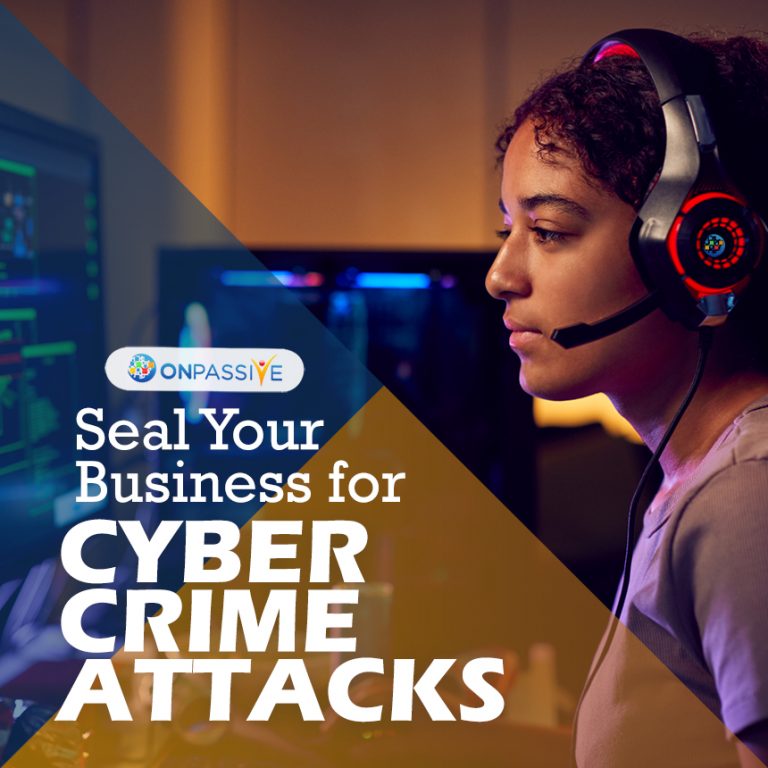
Cyber-attacks such as data breach put the personal data of millions in grave danger. A small business, with fewer resources and less security protection, is an easier target for hackers than its bigger counterparts devoted to cybersecurity.
There is an average annual cost of 34,604 USD on cyber-related occurrences, and only 52% of small-sized companies have an approach around cybersecurity. Let’s explore what cyber-attack and tips to protect your small business are.
What is Cyberattack?
A cyberattack is an unlawful effort to expose, damage, or access your data. 47% of small businesses suffered at least one cyber attack every year, and here are three basic kinds of cyberattacks.
- Malware: The abbreviation for “malicious software” malware runs against the intention of the user and can come in the sort of a Trojan horse, worm, or virus. Ransomware is a type of malware that demands money to avoid a negative consequence, like publishing your data publicly or even deleting your data.
- Man-in-the-middle attack: This sort of attack occurs when scammers intercept the interaction between two parties to steal account details or login credentials. Man-in-the-middle attacks can happen in spaces with free public Wi-Fi spots, as scammers might set up fraudulent Wi-Fi connections with names that seem similar to a nearby business. Once you connect to the scammer’s Wi-Fi, they can control your digital activities and steal your private information.
- Phishing: This is when scammers send fake emails or text messages that might appear like they’re from a reliable business, such as your bank or credit card provider. Phishing scams usually urge you to open an attachment or click on a link, and can then steal private data, like your credit card information or website login credentials.
So How to Protect your Small business from Cyberattacks?
#1. Get Educated First
Every October holds the National Cyber Security Awareness Month (NCSAM), and it helps boost awareness about the significance of cybersecurity. The NCSAM toolkit presents resources and tips to defend against cybersecurity threats.
#2. Create a Cybersecurity Plan
Your cybersecurity plan must include an employee training plan and an occurrence response plan. The first step to secure your network is to ensure your employees understand security procedures and policies.
Schedule training on yearly or semi-yearly refresher courses to maintain security on top of the mind. Urge your employees to recognize the importance of updating their software, embracing security best practices, and grasping what to do if they realize any possible security breach.
The speedier you act in the face of a cyberattack, the better you’re capable of lessening the damage.
#3. Increase Your Email Security
Almost half of all malware email attachments are created on office files. Primary email protection preventions, such as not opening suspicious links or attachments, are a first step incorporated in your employee training plan. If you handle the client’s data, you must encrypt the documents, so that both the sender and the receiver require a passcode.
#4. Be Smart About Your Passwords
Experts urge government agencies on password best practices and recommend passwords to be at least eight characters long and remember length needs to be more secure than complexity. Enable your employees to build long, unique passwords that are simple enough for them to remember.
If you deal with sensitive data, you might want to necessitate multifactor authentication, which demands users to provide at least two identifying factors, such as a password and a code, before gaining access to programs or systems. Consider it like an ATM, which necessitates a blend of a bank card and a PIN to access funds.
#5. Use a Firewall and Antivirus Software
A firewall serves as a digital shield, blocking malicious software or traffic from entering your network. There are various types of firewalls, but they fall into two broad classifications: software or hardware.
Few firewalls also have virus-scanning abilities. If yours doesn’t, ensure installing antivirus software that scans your network to identify and eliminate any malware that made through your firewall. It can help you maintain a data breach more effectively by signaling you to an issue, instead of searching for the topic after something go wrong.
#6. Protect Your Payment Processors
It’s essential to work with your payment processor or bank to ensure that you’ve installed every software update. The more complicated your payment method, the more difficult it will be to safeguard.
Still, the Payment Card Industry Security Standards Council presents a guide to aid you in identifying the system you use and how to protect it.
#7. Secure your Wi-Fi Network
Wi-Fi devices are not secure when you initially buy it. Your device may come with a default password, but ensure your system is encrypted with your unique personal password.
Your router will likely enable you to pick from various kinds of passwords, and one of the most protected is a Wi-Fi Protected Access II (WPA2) code.
Final Thoughts
Lastly, your operating system and software must be kept up-to-date. Run a full scan every week. Another cost-effective answer is a virtual private network (VPN). A VPN masks your IP address so you can surf the web anonymously.
It’s more difficult for criminals to hack your accounts or hardware if they can’t track you. And remove all those useless software and apps that are hindering your laptop and phone. As crime evolves, it’s time for entrepreneurs to adapt to handle the risks they face and successfully overcome.



Stemler János
4 years ago
Amit KG
3 years ago